Author: Mike Neville
Wort tastes pretty good, but beer tastes quite a bit better, and brewers have the little fungus called yeast to thank for turning the former into the latter. Like all living organisms, yeast perform best under certain conditions, and while viability, or the number of living cells in a pitch, has been a major focus of brewers, another important aspect of yeast health is vitality, which refers to the metabolic activity of living yeast cells.
Standard viability starters are typically made a day or more prior to pitching to allow time for cell replication, the amount of which can be relatively easily measured using basic scientific tools. Vitality starters, on the other hand, are typically produced just a few hours prior to pitching using a small amount of wort, as the goal is not replication, but rather to “awaken” the living cells and prepare them for the battle of fermentation. During the vitality starter process, the yeast respires but does not enter fermentation, thus no alcohol is produced, and while viability is unchanged, yeast vitality is purported to be upwards of 100%.
It’s well understood that viability reduces over time, hence the reason yeast manufacturers recommend using their product within a certain timeframe. While multiple past xBmts have shown tasters are unable to tell apart various types of beers fermented with yeast either from a vitality starter or direct pitched, none have focused on British styles, which tend to have more expressive fermentation characteristics. Having found a couple pouches of a classic English yeast that were a bit long in the tooth in my fridge, I designed an xBmt to see how an English Porter fermented with a vitality starter of this old yeast would compare to one pitched direct from the package.
| PURPOSE |
To evaluate the differences between an English Porter pitched with a vitality starter of old yeast and one where the yeast was pitched direct from the package.
| METHODS |
I designed a simple English Porter recipe for this xBmt in hopes any differences caused by the variable would be accentuated.
Penny’s On The Dollar
Recipe Details
| Batch Size | Boil Time | IBU | SRM | Est. OG | Est. FG | ABV |
|---|---|---|---|---|---|---|
| 5.5 gal | 60 min | 22.1 | 23.8 SRM | 1.049 | 1.012 | 4.86 % |
| Actuals | 1.049 | 1.012 | 4.86 % | |||
Fermentables
| Name | Amount | % |
|---|---|---|
| Pale Ale Golden Promise | 7.5 lbs | 76.43 |
| Victory Malt | 1 lbs | 10.19 |
| Special Roast | 8 oz | 5.1 |
| Crystal DRC | 6 oz | 3.82 |
| Chocolate Malt | 4 oz | 2.55 |
| Black (Patent) Malt | 3 oz | 1.91 |
Hops
| Name | Amount | Time | Use | Form | Alpha % |
|---|---|---|---|---|---|
| East Kent Goldings (EKG) | 28 g | 60 min | Boil | Pellet | 5.5 |
Yeast
| Name | Lab | Attenuation | Temperature |
|---|---|---|---|
| House (A01) | Imperial Yeast | 75% | 32°F - 32°F |
Notes
| Water Profile: Ca 79 | Mg 12 | Na 8 | SO4 88 | Cl 89 |
Download
| Download this recipe's BeerXML file |
After collecting the water for a single 10 gallon batch, I weighed out and milled the grain.
With the water properly heated, I incorporated the grains then checked to make sure the mash was at my target temperature.
During the mash rest, I prepared the kettle hop additions.
Once the 60 minute mash was finished, I batch sparged to collect my target pre-boil volume then proceeded to boil the wort for 60 minutes, adding hops at the times listed in the recipe.
When the boil was complete, I quickly chilled the wort.
Next, I transferred identical volumes of wort to separate fermenters.
A refractometer reading showed the wort was right at my target OG.
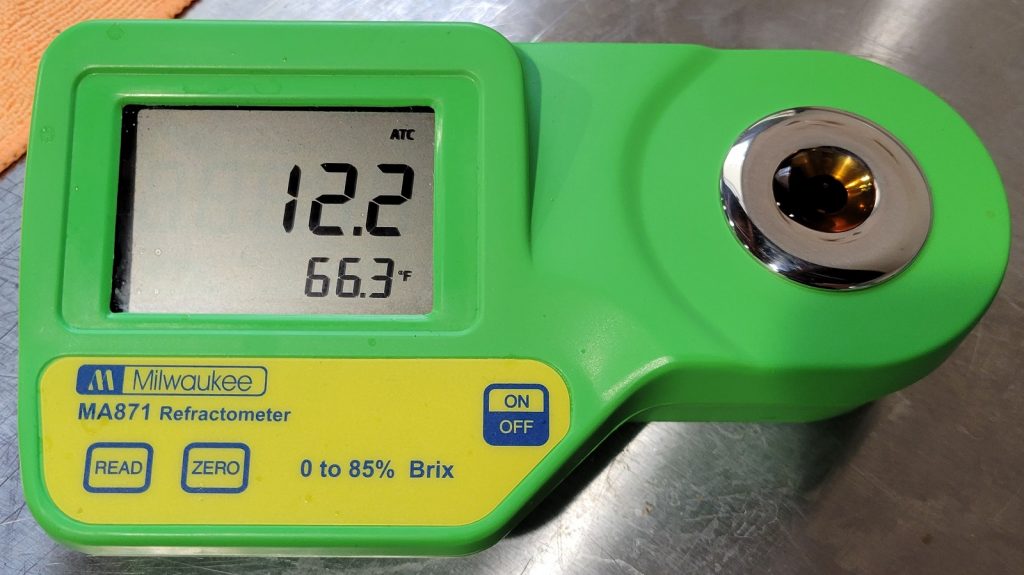
At this point, I prepared the vitality starter by collecting 500 mL of leftover wort in an Erlenmeyer flask, pitching a pouch of Imperial Yeast A01 House, and placing it on a stir plate. I also placed an unopened pouch of the same yeast from the same production lot next to the starter.
The fermenters were connected to my glycol unit and allowed to finish chilling to my desired fermentation temperature of 70°F/21°C. After the vitality starter had spent 4 hours on the stir plate, I pitched the yeasts into their respective batches of wort.
The beers were left to ferment for 5 days before I took hydrometer measurements showing both had reached the same FG.
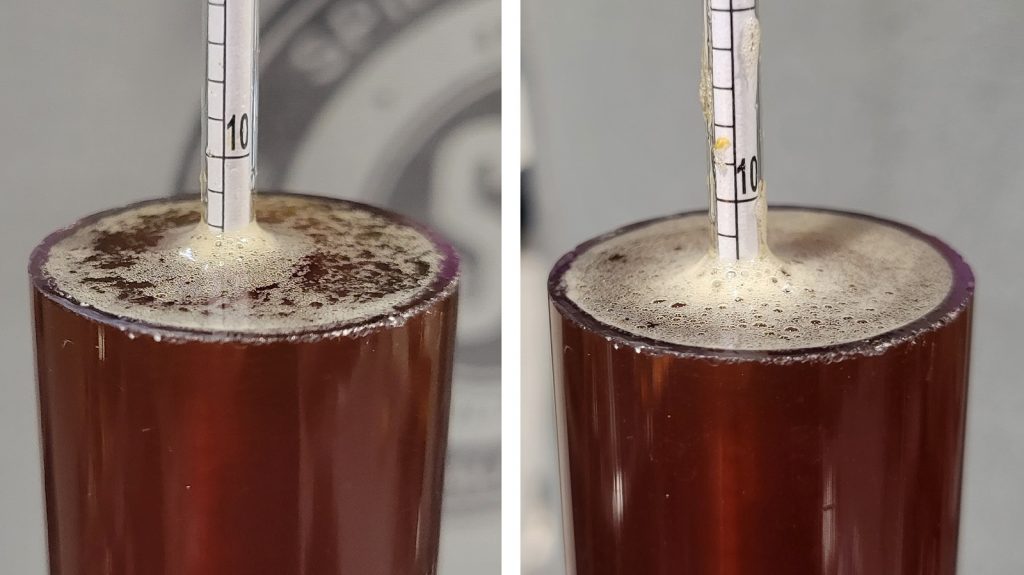
I cold-crashed the beers to 38°F/3°C and left them overnight before pressure transferring them to CO2 purged kegs.
The filled kegs were placed in my keezer and burst carbonated overnight before I reduced the gas to serving pressure. After a couple weeks of conditioning, they were carbonated and ready for evaluation.
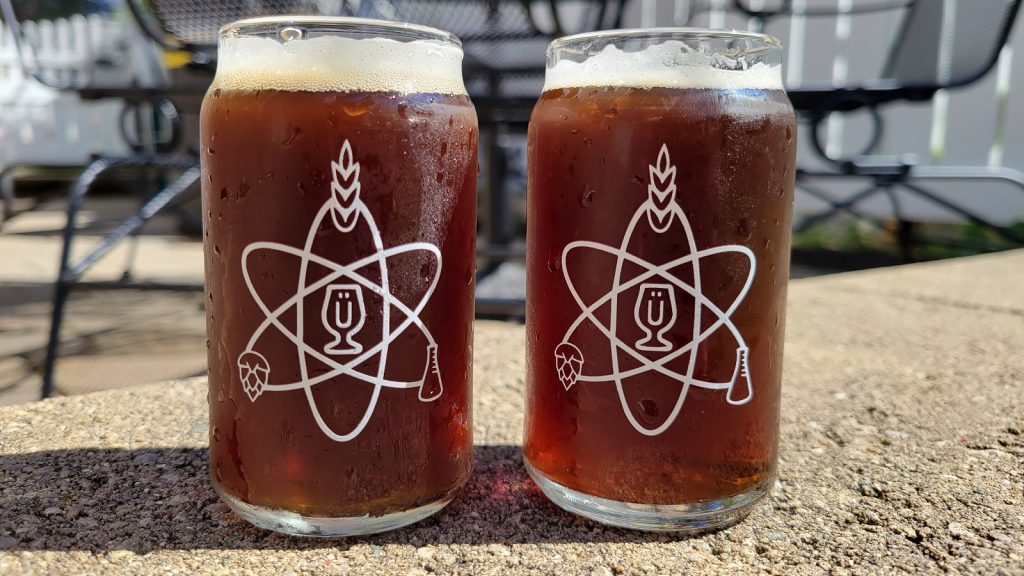
| RESULTS |
Big thanks to my homebrew club, the Motor City Mashers, for allowing me to collect data during a recent meeting! A total of 24 people of varying levels of experience participated in this xBmt. Each participant was served 1 sample of the beer pitched with a vitality starter and 2 samples of the beer pitched direct from the package in different colored opaque cups then asked to identify the unique sample. While 13 tasters (p<0.05) would have had to accurately identify the unique sample in order to reach statistical significance, only 9 did (p=0.41), indicating participants in this xBmt were unable to reliably distinguish an English Porter fermented with a vitality starter of old yeast from one fermented with the same aged yeast pitched direct from the package.
My Impressions: Out of the 5 semi-blind triangle tests I attempted, I correctly identified the odd-beer-out 2 times. The beers were identical in every way to me, both possessing a pleasant bready and toasty malt character with hints of caramel and coffee notes. The bitterness was just enough to balance the sweetness of the beer, making for a very enjoyable drinking experience.
| DISCUSSION |
Healthy yeast is key to producing quality beer, and one very common method brewers use to improve yeast health is through propagation in a starter, which increases viability. However, some modern brewers have been focusing more on yeast vitality, which is increased by spinning yeast in a small amount of wort just a few hours prior to pitching. While both aspects are important, there’s some evidence yeast with high vitality may mitigate the negative effects of fermenting with lower viability yeast. Tasters in this xBmt were unable to reliably distinguish an English Porter fermented with a vitality starter of old yeast from one fermented with the same aged yeast pitched direct from the package.
Based on the age of the yeast used in this xBmt and a starting viability of 200 billion cells, both packages possessed approximately 63 billion cells at time of use, which is roughly 130 billion cells short of the recommended pitch rate given the OG of the beer. Given the limitations of our testing, we’re unable to extrapolate much from these results, though it seems the reduced pitch rate simply didn’t lead to any issues in the finished beer. Observationally, both beers started fermenting around the same time and proceeded with similar vigor, indicating adequate health in each one.
Soon after I got into brewing, I started making yeast starters as a matter of course, as the importance of viability was drilled into me from the beginning. Once I started using Imperial Yeast, which claims to pack 200 billion cells in each homebrew pouch, I began skipping the starter step a lot more often, though I was curious of the role vitality would play when using older yeast. Despite these results suggesting a vitality starter performed just as well as a direct pitch, I’ll likely rely on them in future batches when using old yeast where I didn’t have time to make a standard viability starter, as it seems decent enough insurance against problematic fermentations.
If you have any thoughts about this xBmt, please do not hesitate to share in the comments section below!
Support Brülosophy In Style!
All designs are available in various colors and sizes on Amazon!
Follow Brülosophy on:
FACEBOOK | TWITTER | INSTAGRAM
If you enjoy this stuff and feel compelled to support Brulosophy.com, please check out the Support page for details on how you can very easily do so. Thanks!


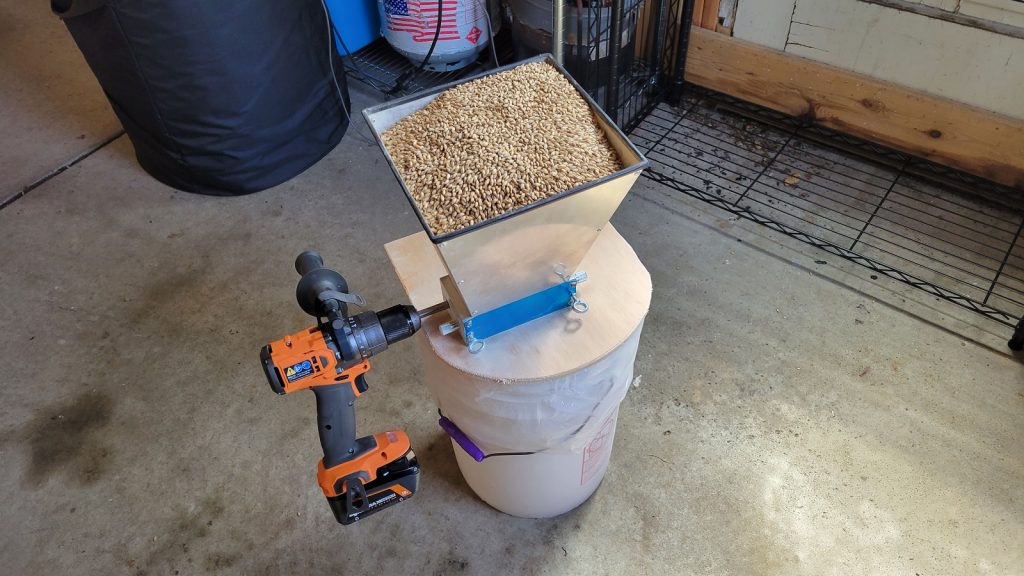
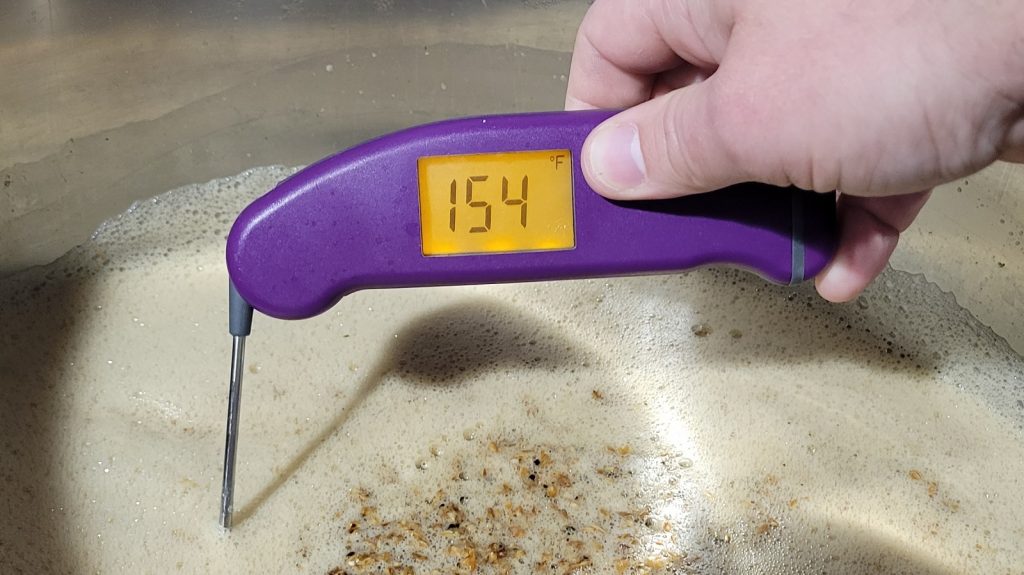
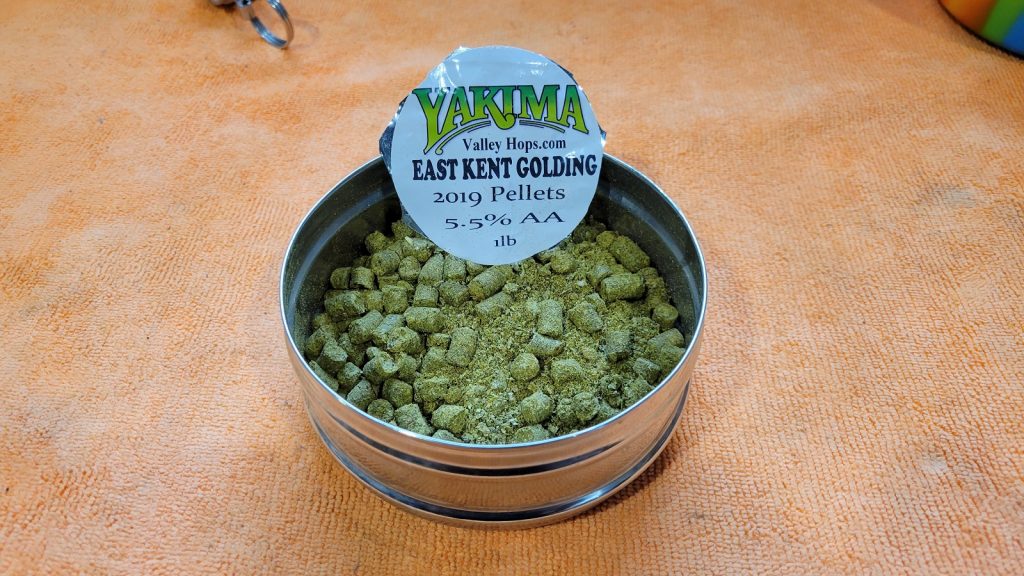
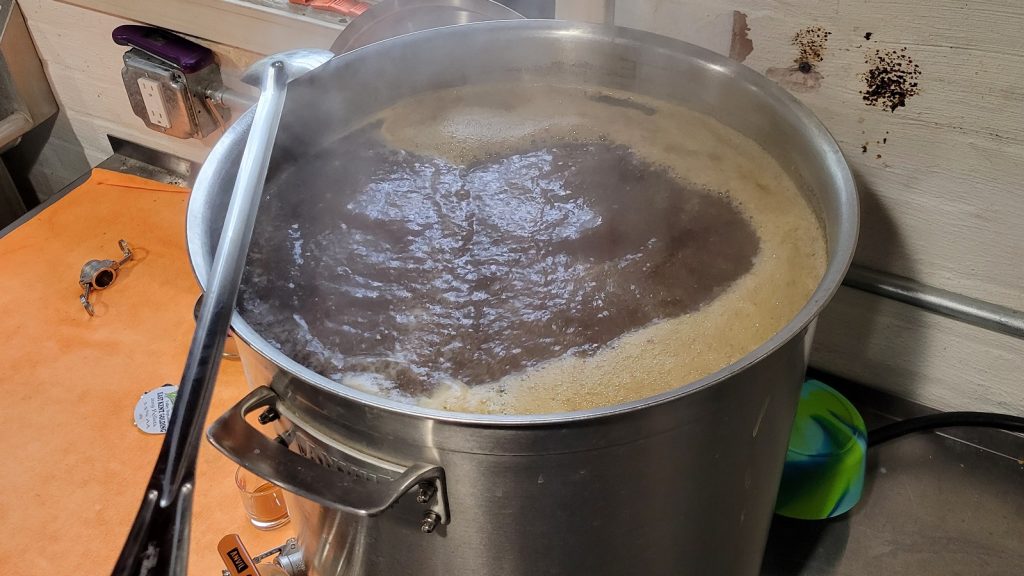
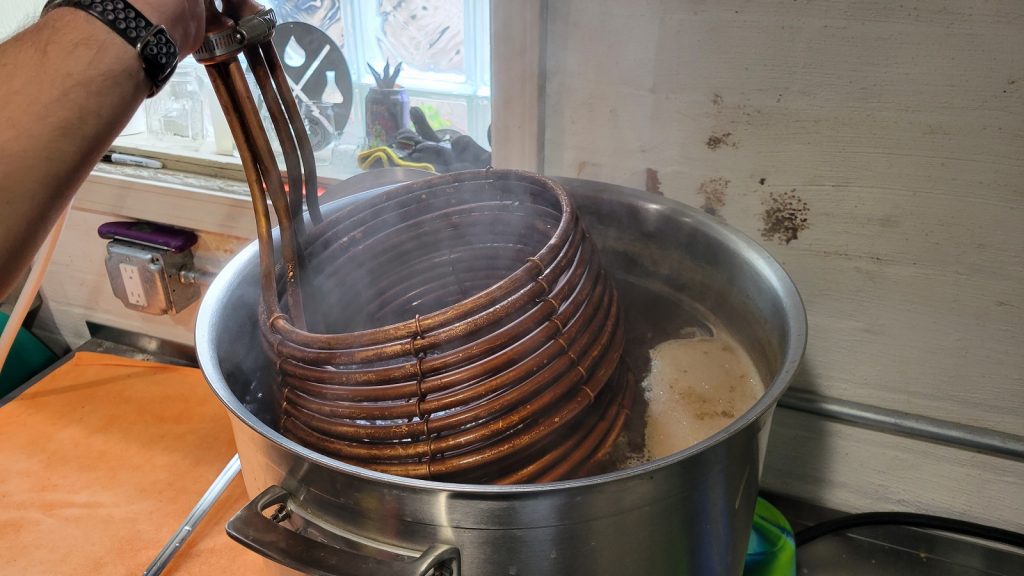
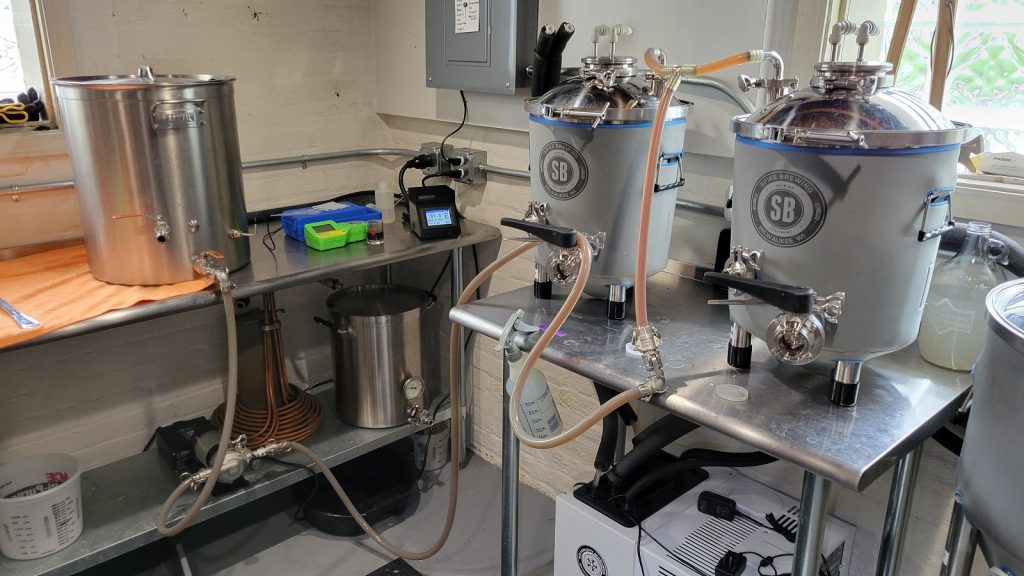
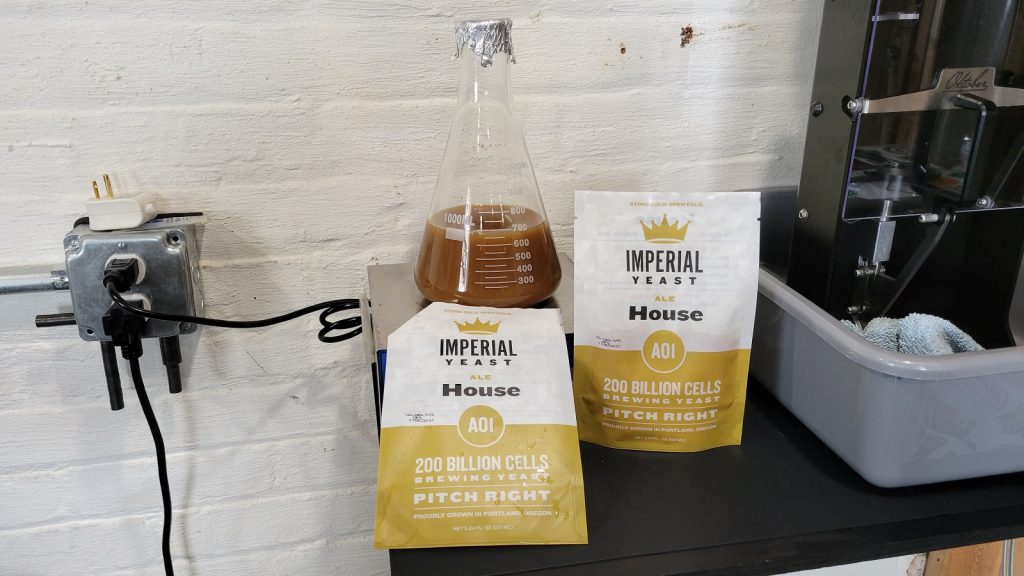
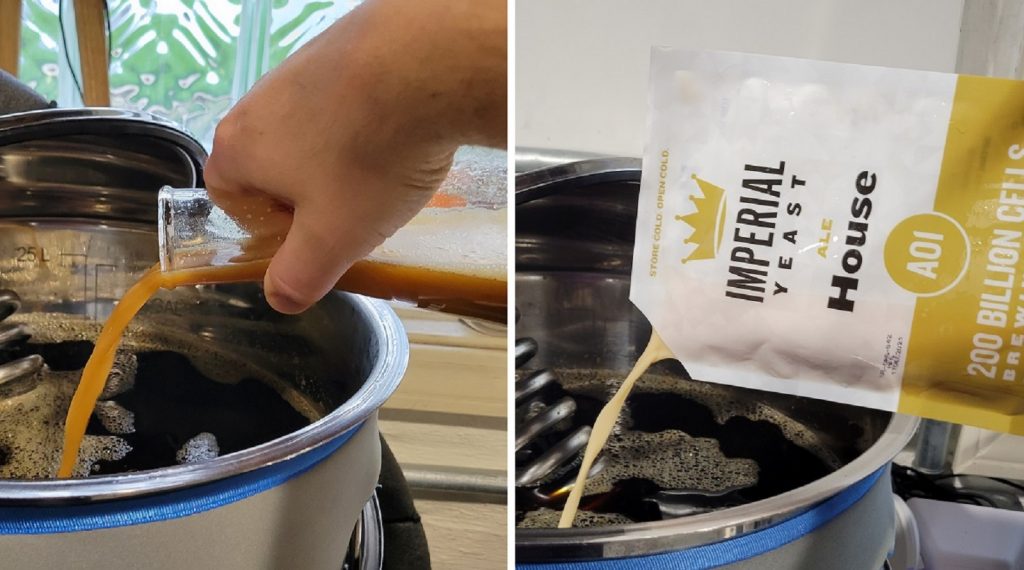
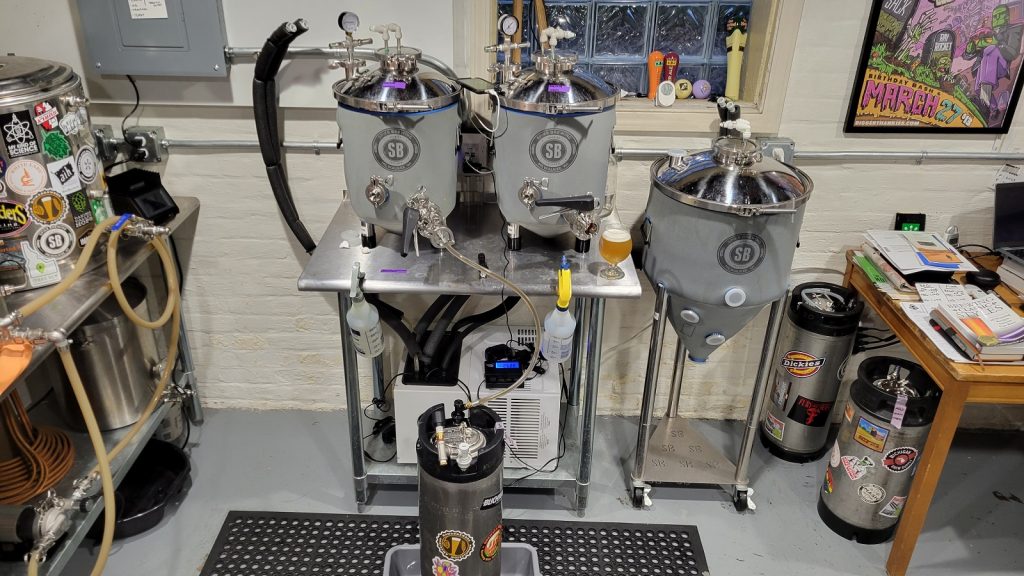











4 thoughts on “exBEERiment | Impact A Vitality Starter Of Old Yeast Has On An English Porter”
I’m assuming that although a calculator claimed the yeast was old and ~70% dead that it was still within the manufacturer’s best-by date (I get ~100 days old using the calculator at Brewer’s Friend)? No surprise to me then that it worked perfectly fine even without a starter.
What *is* the evidence in favour of a “vitality” starter? I don’t think you guys have ever had an experiment where it impacted the characteristics of the final beer (though pretty much any pitch rate experiment also produced beers that tasted the same… it’s almost like there is way more wiggle room for pitch rates than people think, as long as you don’t care how long fermentation takes).
I am not surprised by the results of this exbeeriment.
To my mind, pitching yeast into a small amount of “side-streamed” identical wort from the same brew, prior to pitching it into the main volume of wort is fundamentally the same as direct pitching into the fermentor (excluding any possible temperature discrepancies).
Now, I could see it making a difference if we were talking about using diluted wort to make the starter, like discussed on the Bru Lab # 062 (Impact Of Nitrogen On Yeast Propagation w/ Dr. Maria Moutsoglou).
“increased by spinning yeast in a small amount of wort”. Spin works OK, but Shaken Not Stirred is easier and does not require a stir plate. See: https://www.experimentalbrew.com/blogs/saccharomyces/shaken-not-stirred-stir-plate-myth-buster
Vitality starters seem a lot more like a tool to reduce brewer anxiety rather than a tool to make better or faster beer. They make you feel like you’ve done everything you can/supposed to. But with modern yeasts they seem like an outdated technique.